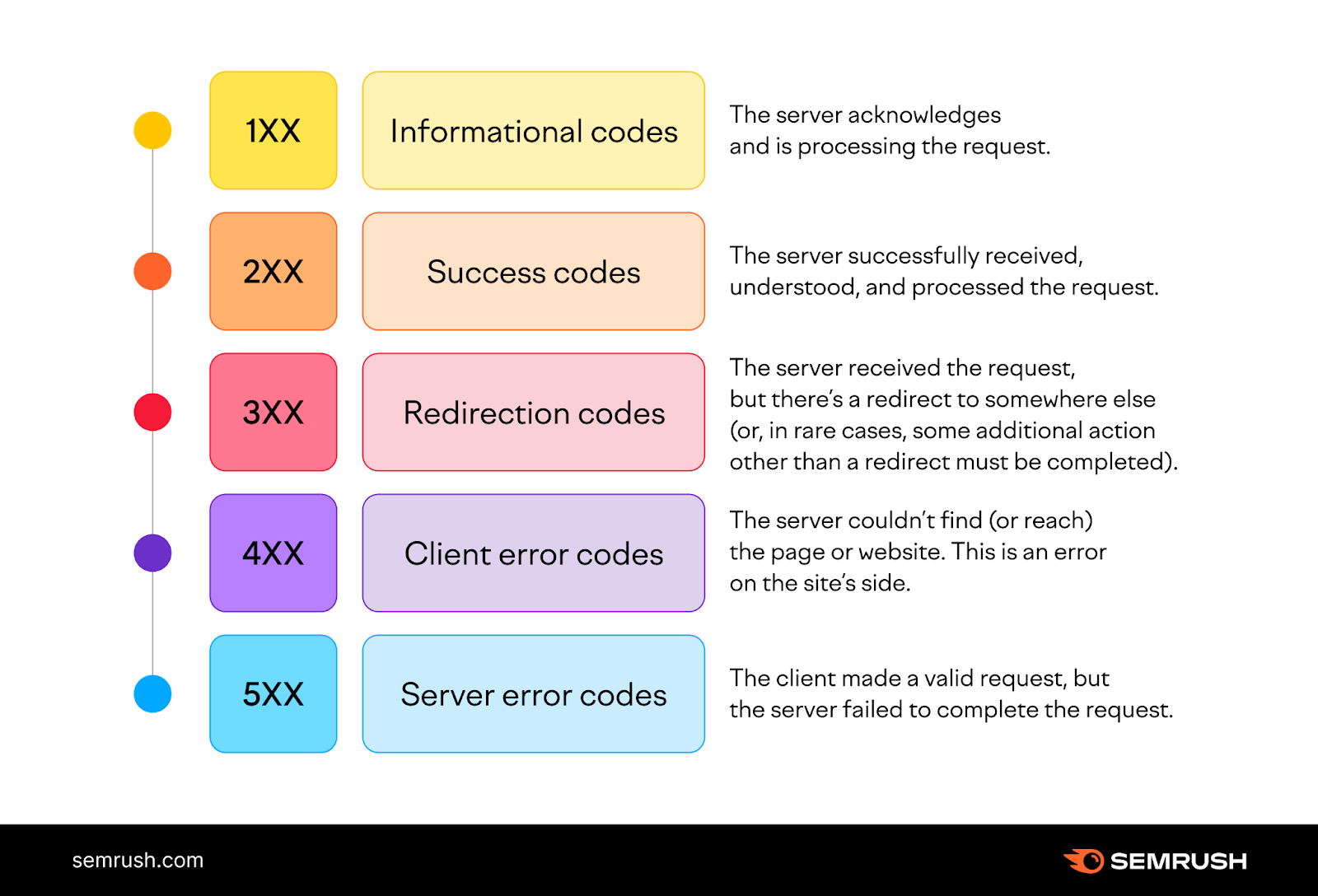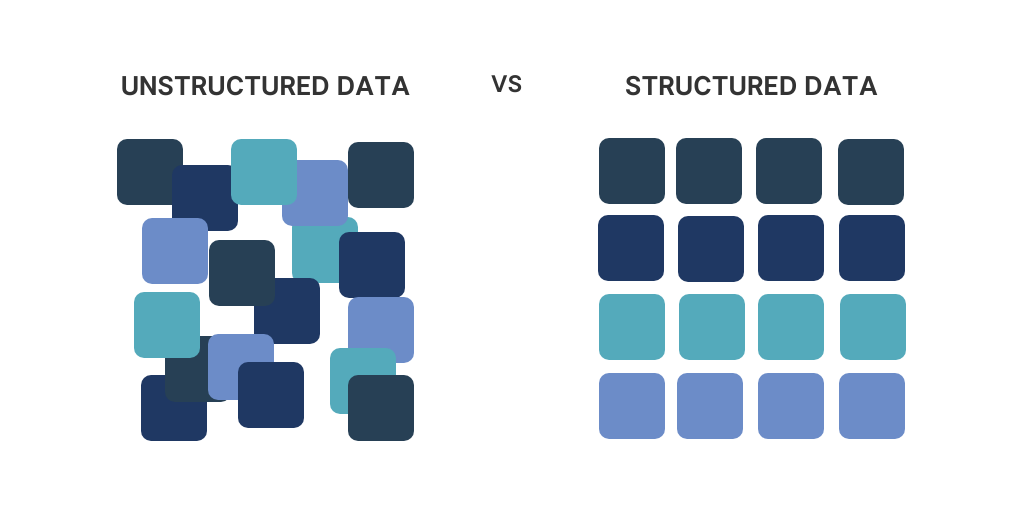- HTTP status codes are three-digit codes and an integral part of the API protocol, very important in understanding the result of an API request. They are part of the feedback the API gives its client, with essential guidance to follow. After all, these codes are fairly important to all professionals dealing with web-based technologies since they stem from the HTTP protocol, which governs data transfer over the internet.
- Professionals SEO service and technical SEO guides rely on HTTP status codes to diagnose issues and enhance user interactions effectively. Sound knowledge in HTTP status codes incites proactive troubleshooting and optimization to have smooth communication between client and server within the digital ecosystem.
What is http status codes?
- Http Status codes play a very important role in serving the purposes as communication between a web server and browsers. They state the result when a browser requests permission to use a certain URL. The three-digit codes classify the results into four: success, redirection, client error, and server error.
- For instance, status codes beginning with “2” mean the requests were successfully acted upon, while those beginning with “3” mean a response to redirect to another URL. On the other hand, status codes beginning with ‘4’ pertain to errors occurring on the client side, for example, page not found (404), while those that begin with ‘5’ pertain to the server, such as server overload.
- HTTP status codes play a crucial role in swiftly resolving website issues, ensuring smooth functionality and user experience. At Pentra SEO services, we specialize not only in resolving HTTP status code challenges but also in providing comprehensive website development services. These allow an identification of the main problem on a website, giving the web administrator or developer assurance in fluent user experiences and the site’s optimization. Properly utilizing status codes. say, managing permanent URL changes through 301 redirects. also helps in keeping SEO and access for various search engines and users the same.
Types of http status codes
HTTP status codes are divided into five main categories:
1xx Informational Responses
- 1xx Informational Responses These indicate that the server has received the request but does not yet have an available, final response. For instance, a client sends the request segment to the server without waiting for the prompt to send the rest with the 100 Continue status. Or the 101 Switching Protocols status can be used to indicate to the client that the server is intending to switch the type of request by indicating the type of communication to switch to.
- In the early stages of request processing, the codes make a protocol transition possible and allow the continuity of other processes smoothly, thus making the codes very important in order for effective communication of different processes to be between browsers and servers.
2xx success responses
- These codes denote successful client requests, understood, and processed by the server. It is one among the universally known 200 OK statuses, which again enforces the fact that the request has been fulfilled and the server has returned the data as requested without any kind of problem.
- On the other hand, a 201 Created status shows that a server has processed the request and created a new resource. On the other hand, the 204 No Content status indicates successful completion of a request for which the server has processed the action but returned no content. These status codes are essential in communicating to the client that an operation has been successful and could therefore facilitate easy interactions between a user and the web server.
3xx redirection responses
- These codes inform the client that further action needs to be taken by the client in order to satisfy the request. Most commonly, the resource requested is moved to a different location. Status 301 Moved Permanently indicates that the resource has permanently moved into a new URL. The client should update its bookmarks and links; search engines, update their indexes pointing to the resource’s new location.
- On the other hand, a 303 See Other status tells the client that it should move on to another URL from which the requested content will be retrieved via a GET request. Both of these status codes make it possible to properly manage resources and strategies of operational schemes so that accessibility and SEO integrity become reliable.
4xx client error responses
- 4xxx client error is a class of codes that identifies the problems with the client’s request, things like ill-formed URLs and attempts to access unauthorized resources. A 400 Bad Request status indicates that the server has failed to process the request because it has either an invalid syntax or parameters.
- A 401 Unauthorized status is returned to instruct the client that authentication is required to access the resource. A 403 Forbidden status will be given when the authentication was successful but access to the resource is denied. Finally, the 404 Not Found status indicates that this resource is not available on the server. These status codes serve as a very useful channel for diagnosis and regulating client-side errors and, therefore, for effective communication between users and servers.
5xx server error responses
- Server-side conditions that the server encountered while processing the client’s request are described in these status codes. The 500 Internal Server Error means that an unexpected condition prevented the server from fulfilling the request; it is usually investigated in server configuration or scripts.
- A 502 Bad Gateway is returned when a server acting as a gateway or proxy receives an invalid response from an upstream server.
- A 503 Service Unavailable status would let the clients know that the server is unavailable at the moment to serve requests. It is pounded by too much traffic, or it is maintenance time. These codes are critical for diagnosing and resolving backend server issues to ensure reliable and stable web service delivery.
Conclusion
- At Pentra SEO services, we understand the critical role HTTP status codes play in ensuring seamless communication between websites and users. By leveraging our expertise in various SEO services such as keyword research, local SEO services, SEO content writing services, and more, we optimize websites to interpret and respond to status codes effectively. This proactive approach not only resolves issues promptly but also enhances user experience, driving sustained engagement and performance. Trust Pentra SEO services to navigate the complexities of HTTP status codes for robust website functionality and improved SEO outcomes.







